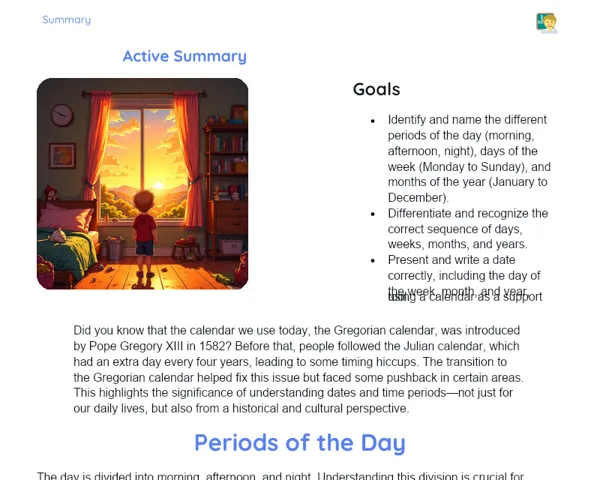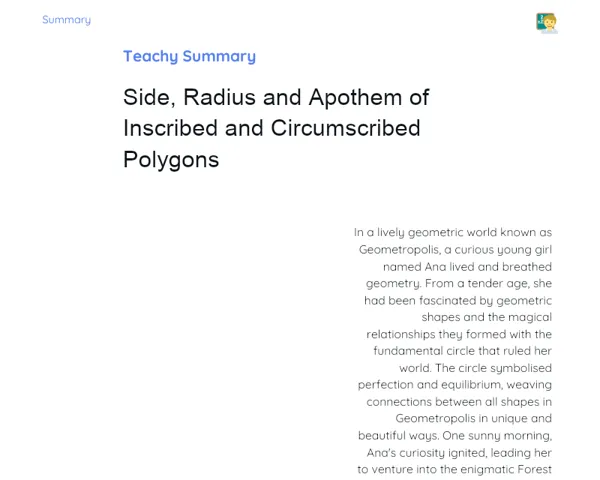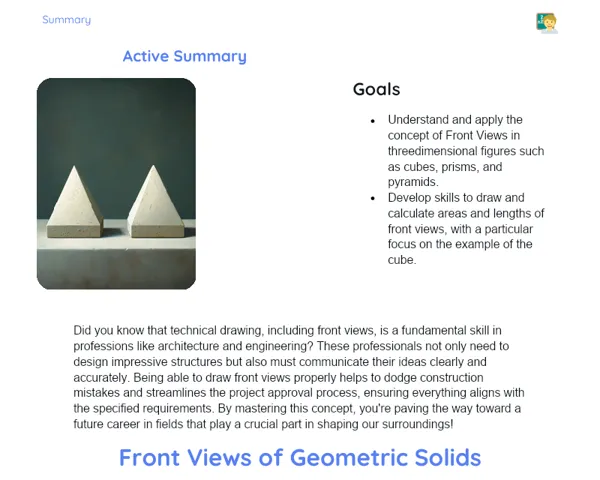Objectives
1. 🎯 Understand Mathematical Sets: By the end of this lesson, you will be able to define sets, identify elements, and grasp the relationships of membership and containment.
2. 🎯 Perform Basic Operations with Sets: We’ll learn how to carry out operations such as union, intersection, and difference, and see how they apply in real-world situations.
3. 🎯 Apply Knowledge in Everyday Contexts: Discover how sets can be utilised in everyday scenarios, like organising events or planning in urban spaces.
Contextualization
Did you know that the set theory we’re diving into was pioneered by Georg Cantor back in the late 1800s? His work not only changed mathematics but also reshaped our entire understanding of concepts like infinity and logic. Since then, the concept of sets has been integral in addressing challenges across various domains, from IT to city planning. By getting to grips with sets, you’re equipping yourself with a crucial mathematical skill that has practical applications in our contemporary environment!
Important Topics
Definition of Sets
Mathematical sets are collections of objects or elements that share common traits. These elements could be numbers, letters, or anything clearly defined. A set is typically depicted using curly braces {}, with elements separated by commas. For instance, the set A = {1, 2, 3} represents a collection of three whole numbers.
-
Elements: Unique individual objects within a set.
-
Representation: Sets can be expressed in various formats, including lists, Venn diagrams, or using set notation.
-
Infinity: Sets can be finite, with a specific number of elements, or infinite, like the set of natural numbers.
Operations with Sets
The primary operations with sets are union, intersection, and difference. The union of two sets A and B (A ∪ B) creates a new set that includes all elements from both A and B. The intersection (A ∩ B) consists of elements that are common to both A and B. The difference A - B includes elements that are in A but not found in B.
-
Union (∪): Gathers all elements from both sets without duplicating any.
-
Intersection (∩): Contains only elements common to both sets.
-
Difference (-): Excludes elements of B from set A, retaining only those unique to A.
Membership and Containment Relations
Membership describes whether an element is part of a set or not. If element x belongs to set A, we write x ∈ A. If x does not belong to A, we write x ∉ A. Containment illustrates how one set can encompass another. If every element of A is also present in B, we say that A is contained within B, represented as A ⊆ B.
-
Membership ( ∈, ∉): Key for determining whether elements belong to a set.
-
Containment (⊆): Useful for comparing sets and fundamental in set operations like subtraction.
-
Notation: These relationships are expressed using specific mathematical symbols that are vital for clarity in mathematical discussions.
Key Terms
-
Set: A well-defined collection of objects or elements.
-
Element: An item that forms part of a set.
-
Union: The operation combining all elements from two sets.
-
Intersection: The operation that includes only elements shared by both sets.
-
Difference: The operation removing elements present in one set from another.
-
Membership: Refers to whether an element is included in a set.
-
Containment: Describes the relationship between two sets where one set is entirely included within the other.
For Reflection
-
How would you explain the concept of union of sets to someone unfamiliar with mathematics using an everyday example?
-
Why is it imperative to understand and correctly use membership and containment notation when working with sets?
-
In what ways can set operations enhance organisation and efficiency in real-life situations, such as event planning or managing resources?
Important Conclusions
-
Today, we explored the intriguing realm of mathematical sets, covering their definitions, the basic operations we can perform, and how these ideas connect to practical scenarios like event organisation or urban planning.
-
We delved into the concepts of elements, membership, union, intersection, and difference of sets—skills that are not just important in mathematics but are essential across many fields, including computer science and engineering.
-
We highlighted the significance of logical reasoning and effective communication when discussing and resolving issues related to sets, preparing you to confidently tackle mathematical and practical challenges.
To Exercise Knowledge
- Create sets that represent your interests, like music, movies, or books. Practice performing union, intersection, and difference operations among these sets. 2. Use sets to organise a daily to-do list, grouping tasks by priority or activity type. 3. Draw a Venn diagram representing different school subjects and identify overlaps, illustrating how knowledge from one subject can inform another.
Challenge
Set Detective Challenge: Picture yourself as a detective needing to crack a case using sets. Create a mystery scenario and organise the clues into sets, like suspects, crime scenes, and evidence. Try to solve the mystery by analysing the relationships using set operations!
Study Tips
-
Consistently practice set notation by jotting down sets and running operations in a dedicated math notebook.
-
Utilise everyday examples to enrich your understanding of sets. For instance, when arranging a gathering, think of how sets can help organise guests with different dietary needs.
-
Watch educational videos on sets to see real-world applications and varied approaches that enhance your comprehension.



